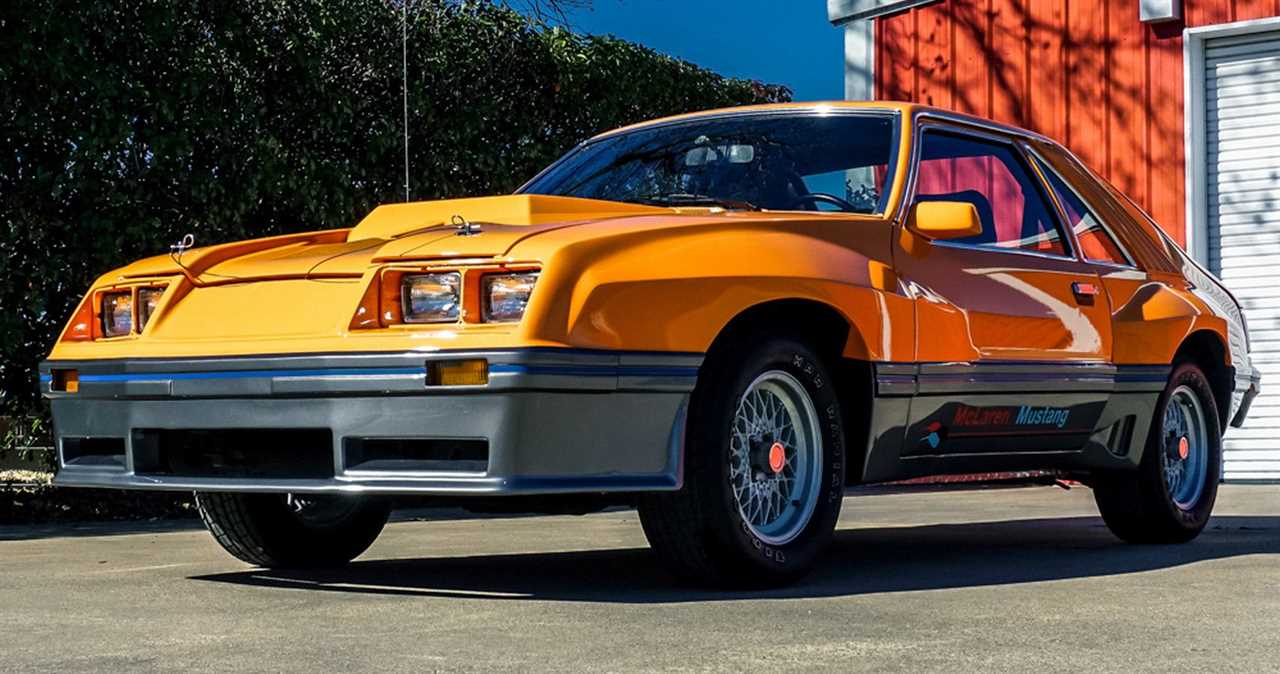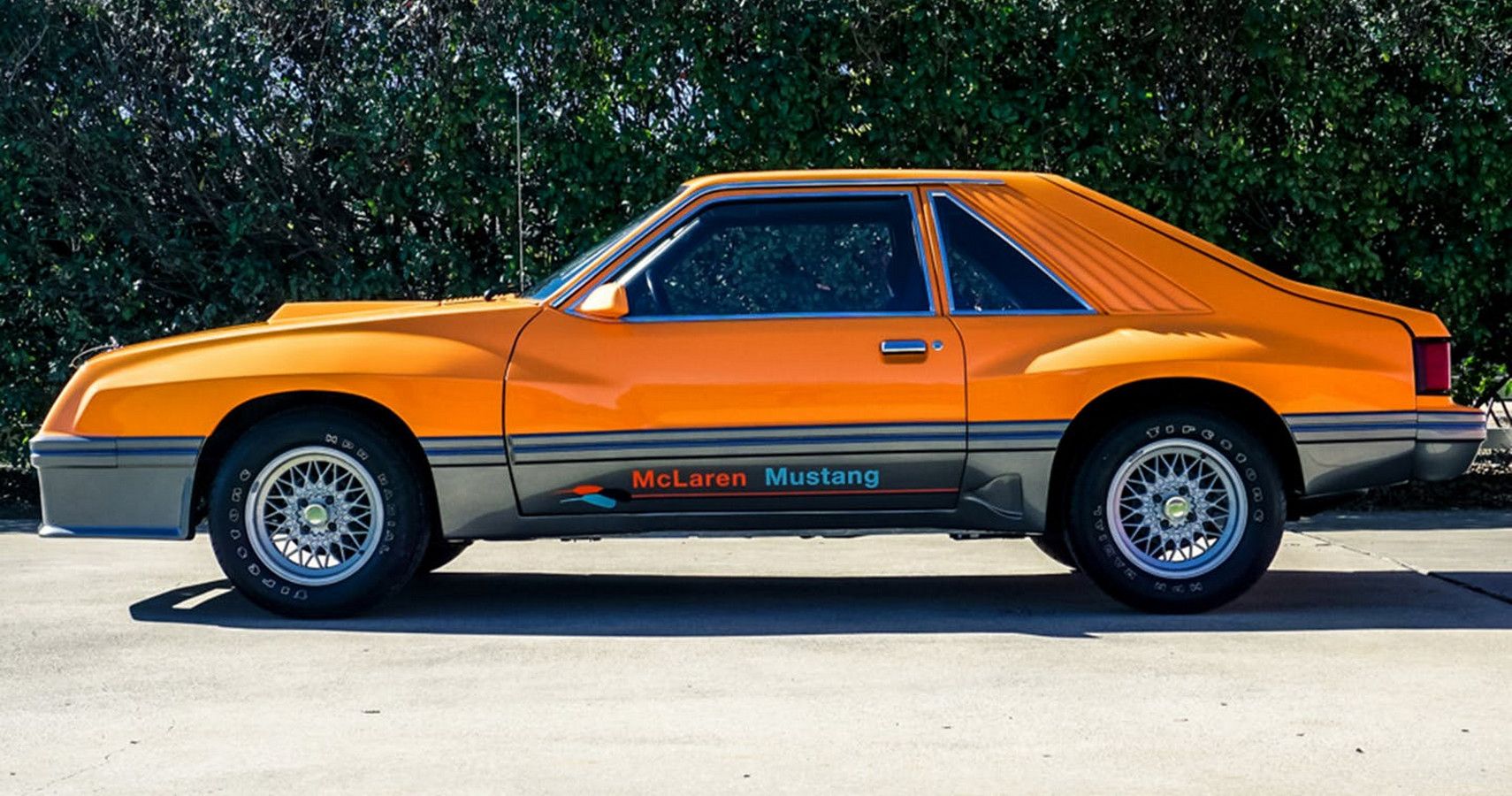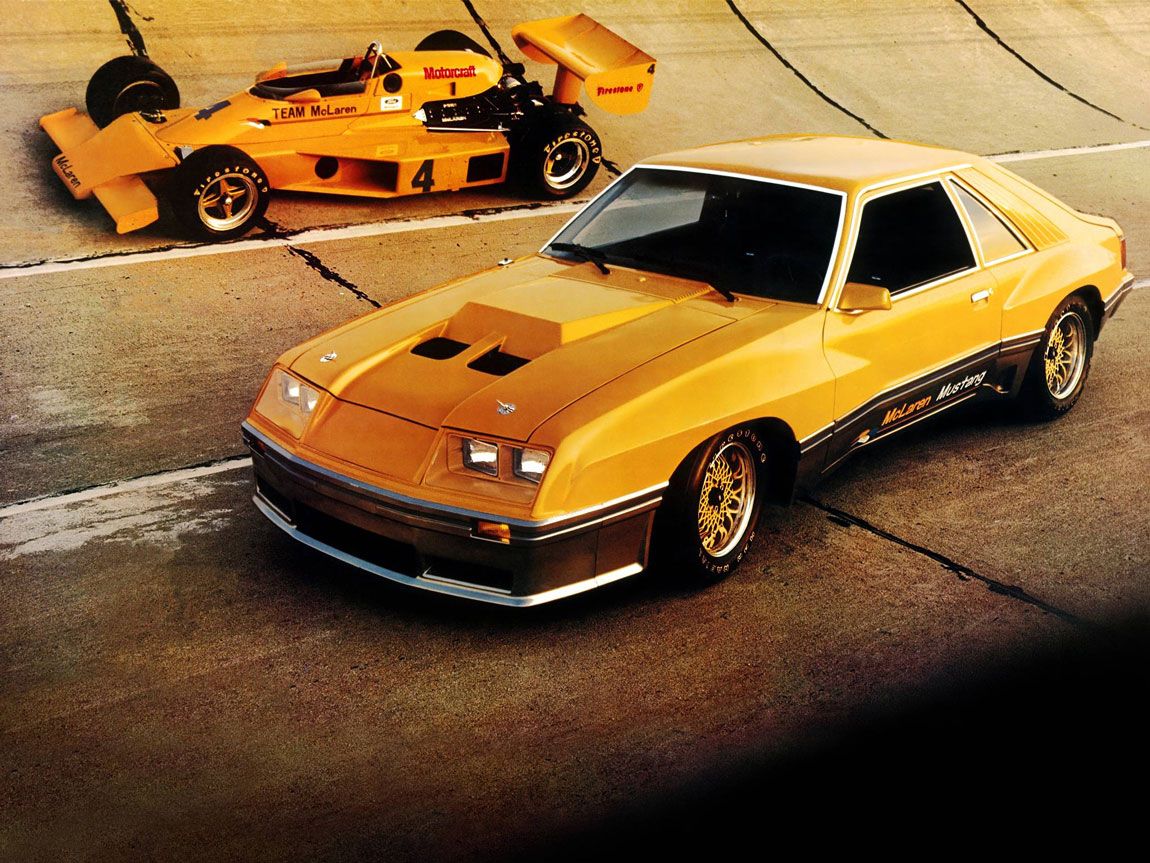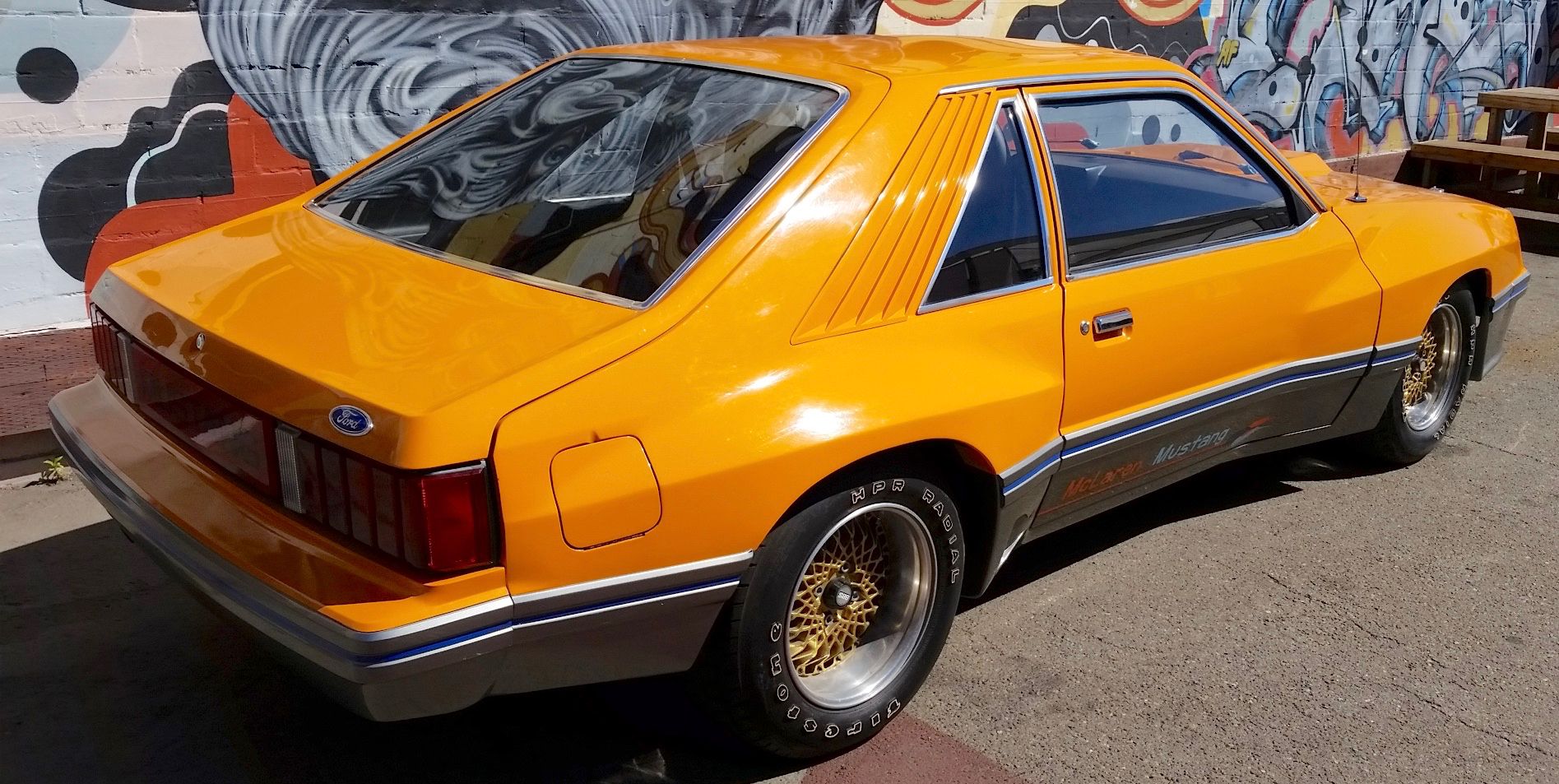
Automakers have collaborated in plenty of times in the past, usually because it’s easier and cheaper for two companies to share development costs, while also taking advantage of their own traits and also benefiting from those of their partner’s. Some of the most successful collaboration stories came in the form of the BMW M1 – made with Lamborghini’s help, the Mercedes-Benz SLR McLaren, or perhaps the most iconic of all, the McLaren F1 co-developed with BMW.
But what if we told you that one of the most unexpected automaker collaborations occurred when ford approached McLaren in the ’80s to co-develop a new Mustang? They called it the SVP M81 McLaren Mustang, and only a handful of units were ever made, which is why you’ve probably never heard of it.
But, it does exist, and the 1981 McLaren Mustang was a capable performer with plenty of unique parts unlike anything you’d find in a regular ‘Stang. Here’s what makes the SVP M81 McLaren Mustang so special.
How The 1981 M81 McLaren Mustang Came To Be

Going into the ’80s, the enormous impact of the 1973 fuel crisis lingered on, and fuel-economy regulations meant that Ford couldn’t realistically come out with a V8-powered Mustang. As a result, its only alternative was the European-made 2.3-liter turbocharged 4-cylinder Lima engine that made 132 horsepower.
However, underwhelmed by the measly performance of its sole alternative, Ford decided that the Lima engine wasn’t worthy of powering a new Mustang – at least in its current form. The solution? Ford approached the folks over at McLaren – who at the time still focused mostly on racecar development, with the idea to reinvent the Lima engine and produce a co-developed McLaren Mustang. Well, McLaren agreed, and the project began.
An In-Depth Look At The 1981 M81 McLaren Mustang

With its hands on the measly 2.3-liter Lima engine, McLaren rebuilt and restructured it in order to maximize its boost potential, and the result was a huge jump in power. The new mill had a boost control feature that allowe the driver to set boost between 5 and 11 psi, and while horsepower was essentially the same as the regular Lima engine at 5 psi, it jumped all the way to 175 horsepower at 10 psi, a substantial and welcome improvement. The engine also produced 155 pound-feet of torque @3000 rpm and sent power to the rear-axle through a 4-speed manual transmission, allowing the McLaren Mustang to accelerate from 0-60 mph in 9.7 seconds – though full-out acceleration was actually better, as the 9.7-second runtime test only used 7 psi of max boost.
While McLaren worked its magic on the Mustang’s engine-to-be, Ford took care of the vehicle’s body and chassis. It sported fully-adjustable Koni suspension with high-rate springs and tungsten sway bars, a bolt-in roll bar, and highly-capable upgraded brakes. The result was a Mustang that provided enticing acceleration along with well-tuned driving dynamics, and the M81 McLaren was actually one of the best-handling Mustangs to date.
The Unique Design Of The M81 McLaren Mustang

Aside from the unique development process that resulted in the 1981 M81 McLaren Mustang, the vehicle also sported unique exterior styling based on the third-gen Mustang’s controversial Fox Body configuration. It featured completely grille-less front fascia and a hood with two air outlets in front of a massive bulge. Down the side, the McLaren Mustang showcased aggressively flared-steel fenders and ‘McLaren Mustang’ badging. Lastly, from the rear, the M81 provided a clear view of its bolt-in roll cage and a rear fake light-bar design with ‘Mustang’ printed in the center. Most units of the Mclaren Stang came with McLaren’s notorious Bittersweet Orange paint, though it could also sport black, white, or blue paint.
Ford and McLaren’s original intent was to produce a total of 250 units of the M81 McLaren Mustang, but the model wasn’t exactly well-received by the public, mainly because of its $25,000 asking price – which translates to a value more than $81,000 considering today’s inflation rates. This inevitably led to extremely limited sales, and only 10 Mustang McLaren units would end up leaving the assembly line as a result. For better or worse, that makes it one of the rarest Mustangs ever, yet buying one today isn’t expensive as one might think for such an exclusive make. Well-kept units can fetch about $40,000, though you’d be hard-pressed in finding one anywhere in the world.
All in all, the McLaren Mustang SVP M81 was ultimately a failure, but it was a genuinely good car that simply couldn’t thrive because of the circumstances of its era. The unicorn mustang made in collaboration with McLaren will forever be a part of the model’s enticing history, and it paved the way for the creation of Ford’s SVO team, and the subsequent Mustang Fox-Body SVO.






